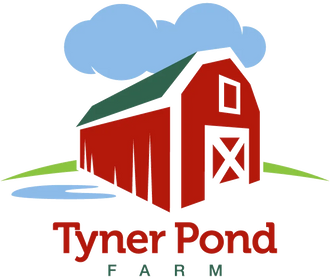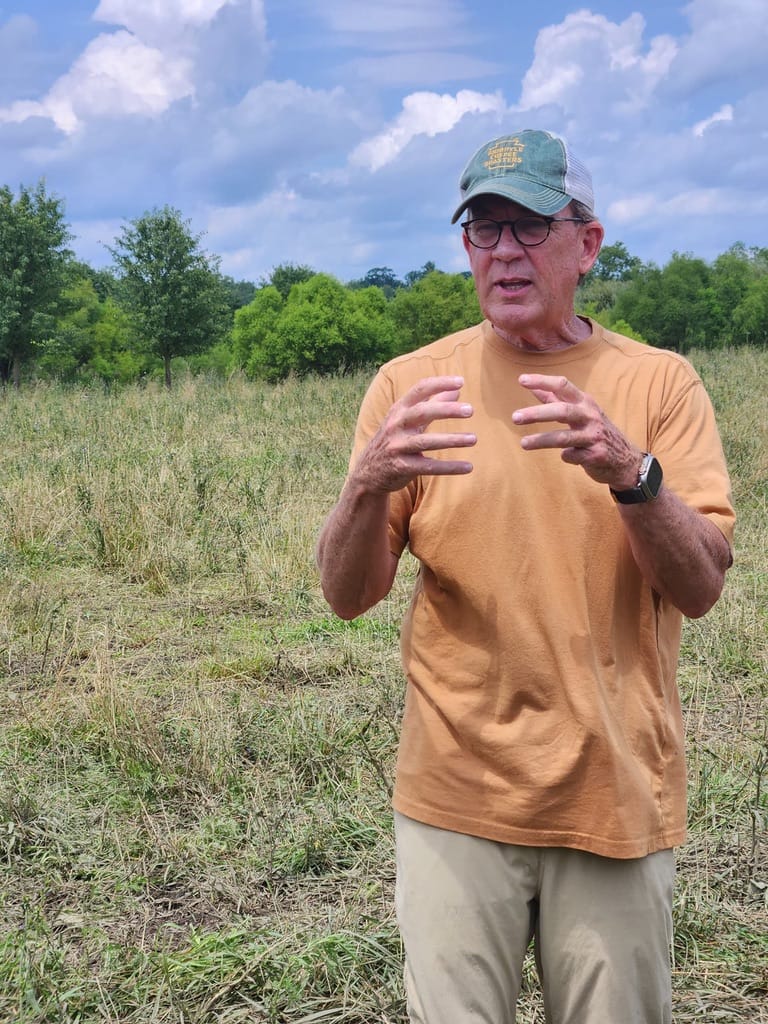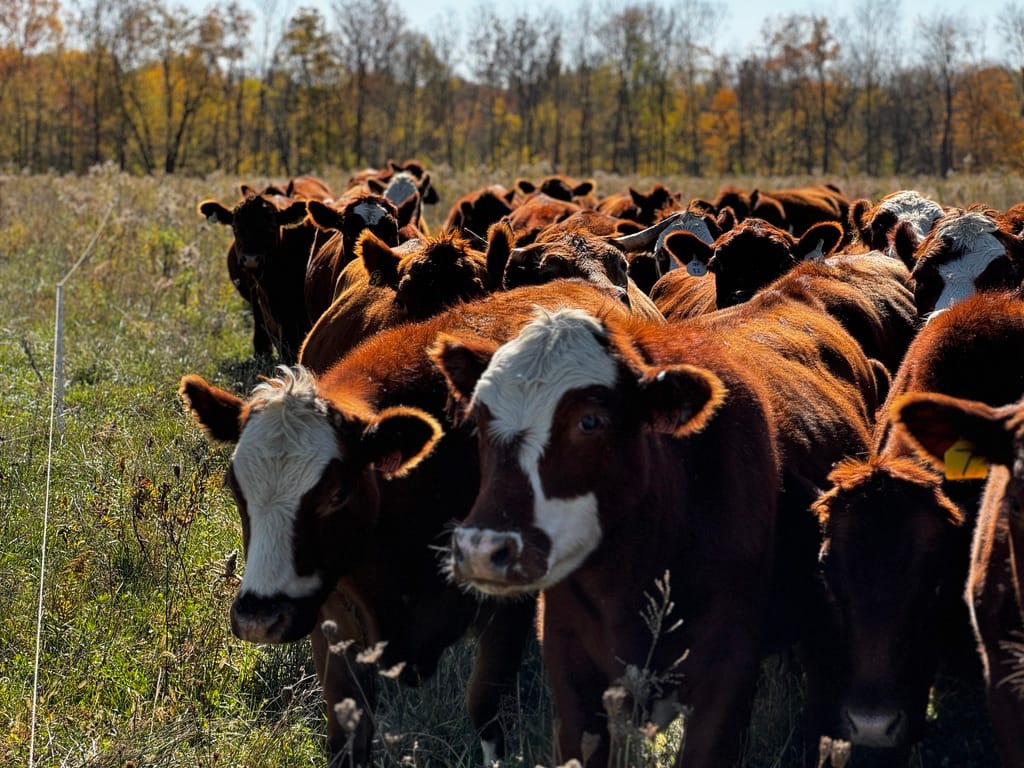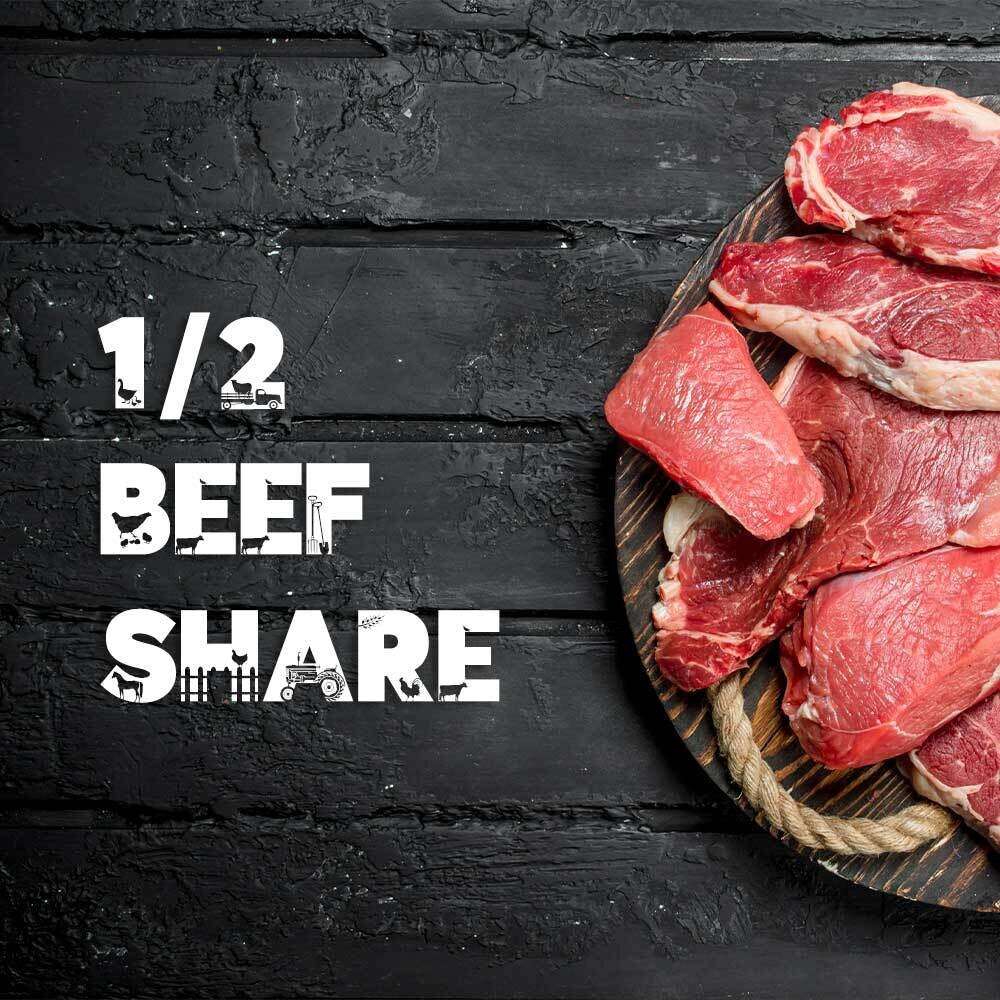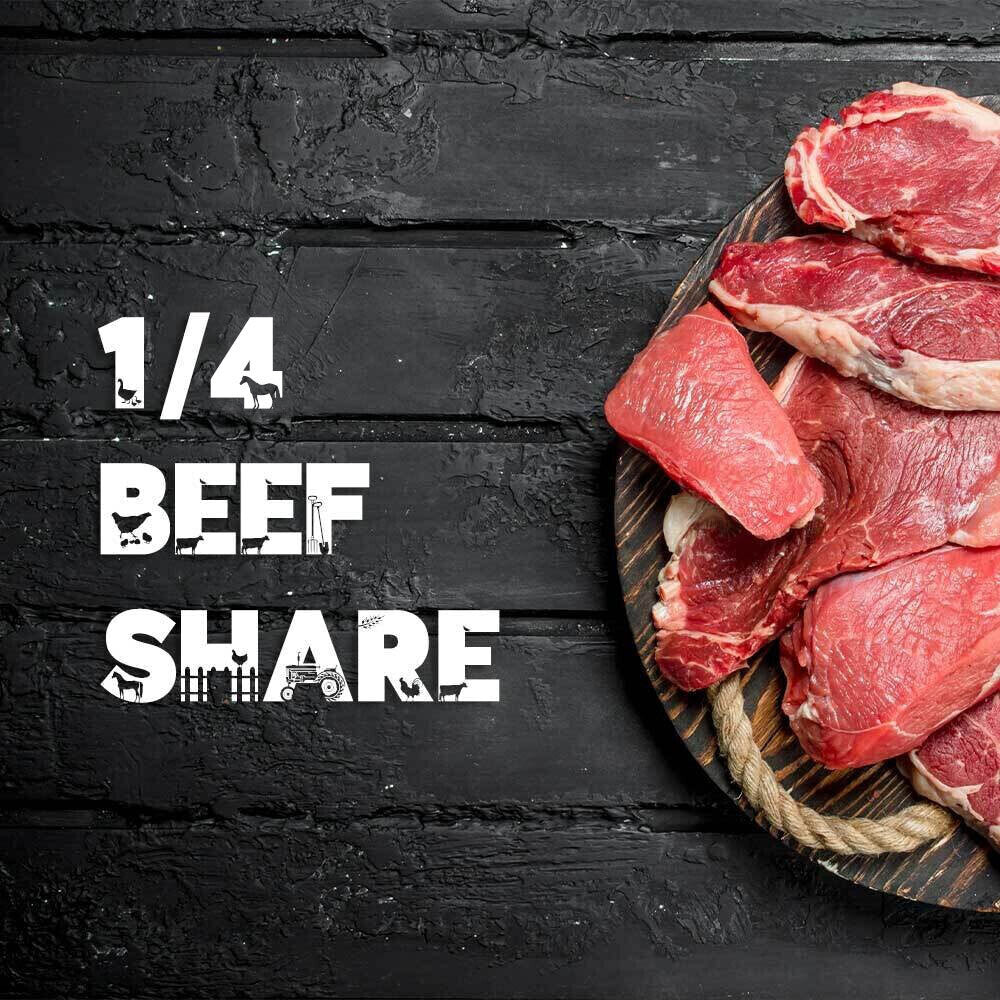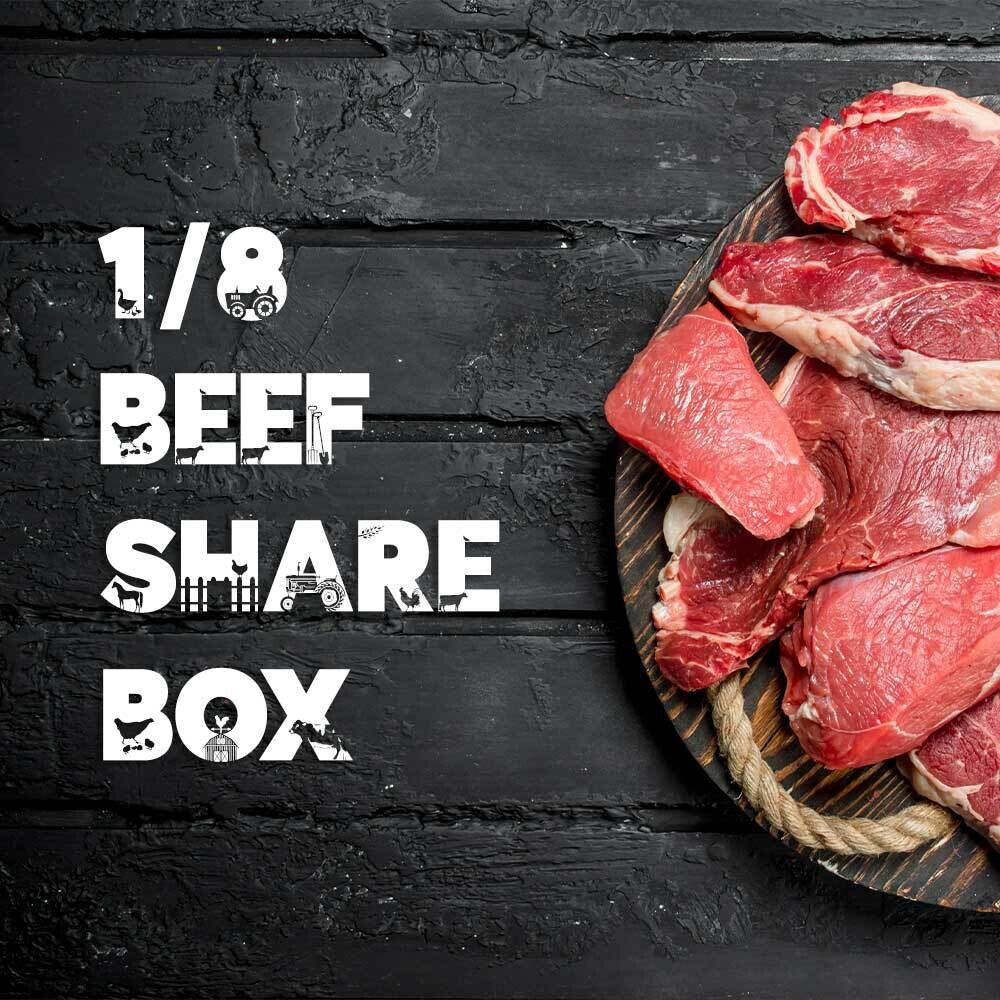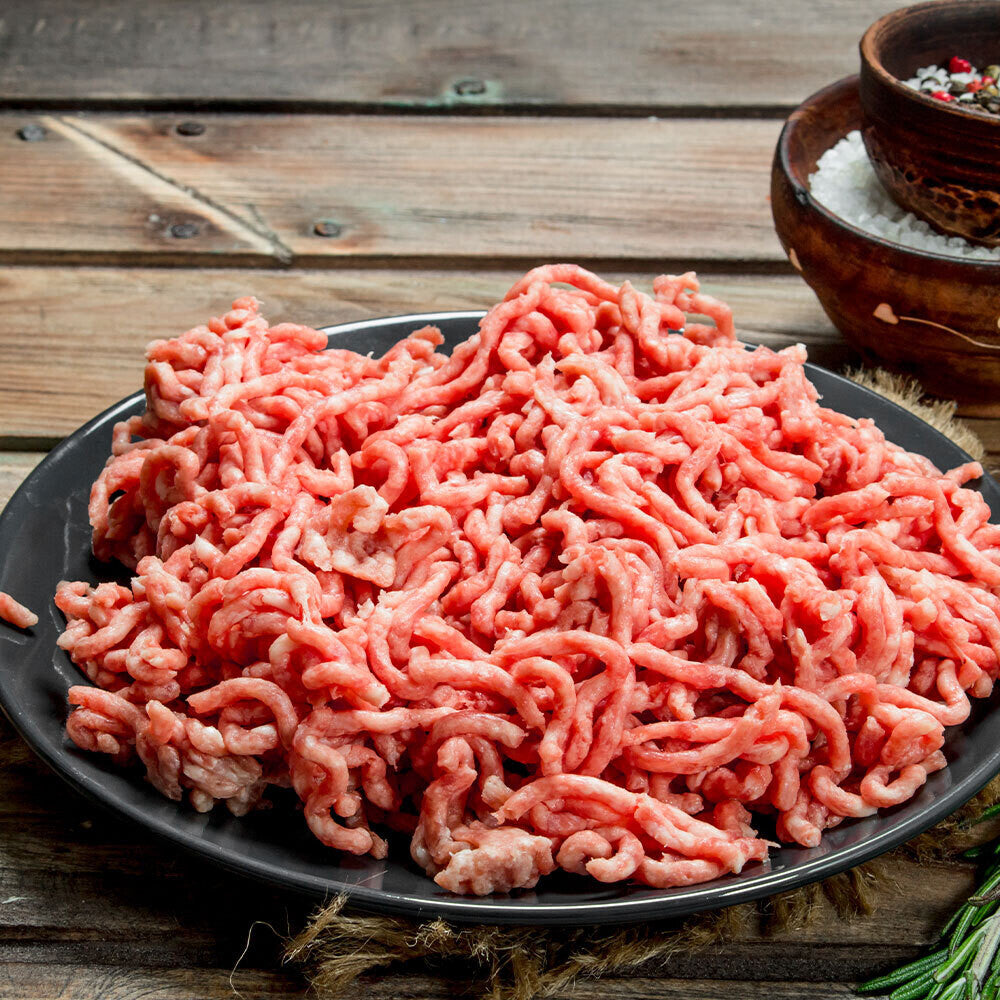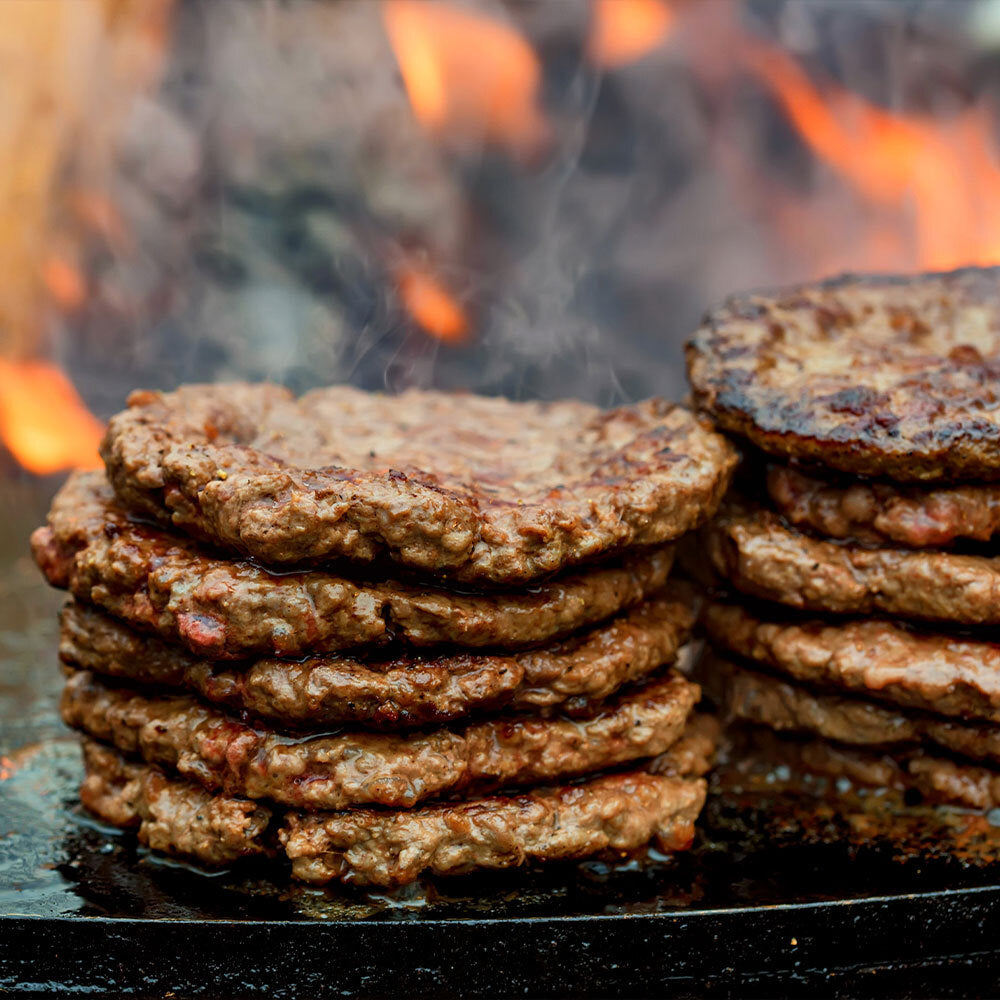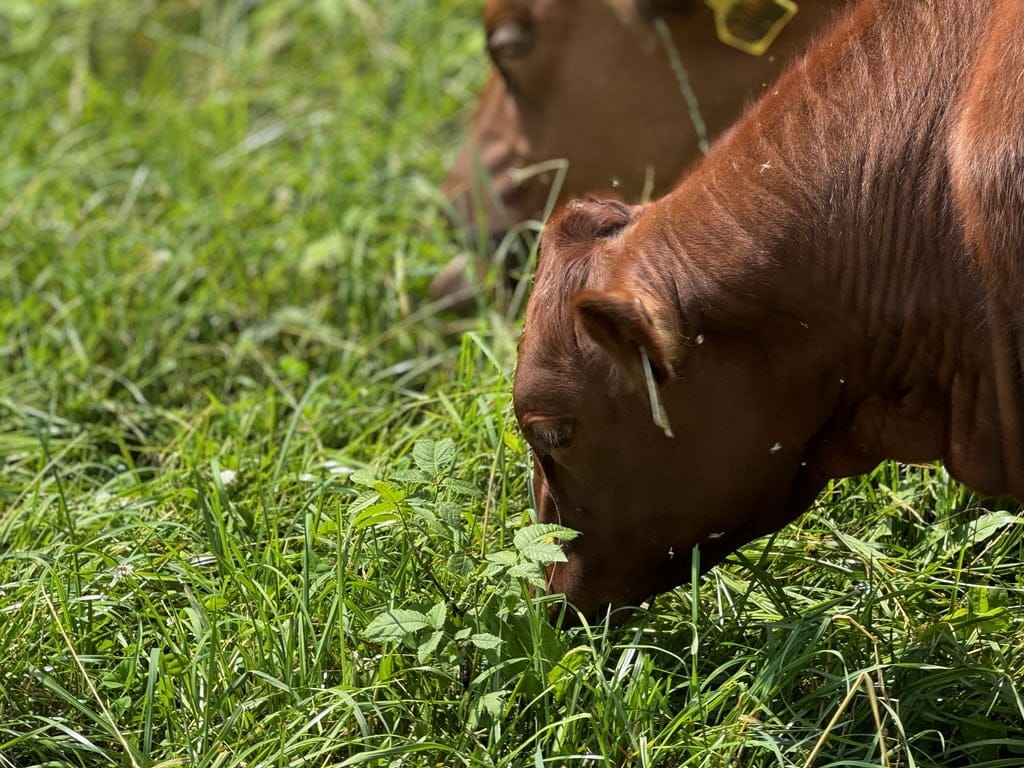
Methane Mitigation and the Holistic Approach: A Tyner Pond Farm Perspective
The issue of methane emissions from cattle, particularly those in CAFO's, highlights two contrasting approaches to problem-solving: the reductionist and the holistic.
Reductionist thinking, often favored by large corporations and proponents of technological quick fixes, seeks to address problems by breaking them down into isolated parts and tackling each part separately. In this case, a pharmaceutical company's proposed feed supplement exemplifies this approach, targeting methane as a singular issue without considering the larger context. While potentially effective in reducing burped methane, it neglects the root causes of the problem and may lead to unintended consequences as well as additional dependencies for farmers. Additionally, it does not address other sources of methane within the CAFO system, such as the concentration of manure.
A holistic approach, by contrast, seeks to understand the entire system and its interdependencies. At Tyner Pond Farm, our cattle graze on diverse pastures, a practice that not only aligns with their natural behaviors but also promotes a healthier rumen environment and more efficient digestion. We prioritize animal welfare, ensuring our cattle have frequent moves to fresh forage and engage in natural behaviors, which helps to distribute manure and minimize methane production from this source.
While the reductionist approach of a feed supplement may offer a temporary reduction in methane emissions, it neglects the broader ecological and ethical concerns associated with industrial agriculture. It fails to address the interconnectedness of animal diet, animal welfare, manure management, and environmental impact. Instead of fixing the underlying problems within the industrial system, pharmaceutical companies are happy to sell the farmer yet another dependency.
Farms like Tyner Pond embrace a holistic approach. We recognize that methane emissions are a complex issue with multiple contributing factors. While diet plays a role, it's not solely the type of feed (grain vs. forage) but also the overall balance of the specific forages available, and individual animal variations that influence methane production. In feedlots, high grain diets and confined living conditions can exacerbate the issue, leading to increased methane emissions from both the animals and their manure. additionally, well-managed grazing systems can foster healthier soils that support methanotrophic microbes, which have the potential to mitigate some methane produced by cattle and in the environment.
There is growing evidence suggesting that biodiversity and plant variety in grazing systems can positively influence methane emissions from grassfed cattle.
Several mechanisms are at play:
 Birdsfoot trefoil naturally reduces methane emissions.
Essential Oils: Some plants, like oregano and garlic, contain essential oils with antimicrobial properties. These oils can also modify the rumen microbiome, leading to decreased methane production. There are several plants native to Indiana that share similar properties with oregano and garlic, and can be found in diverse pastures:
Birdsfoot trefoil naturally reduces methane emissions.
Essential Oils: Some plants, like oregano and garlic, contain essential oils with antimicrobial properties. These oils can also modify the rumen microbiome, leading to decreased methane production. There are several plants native to Indiana that share similar properties with oregano and garlic, and can be found in diverse pastures:
Tannins:
Certain plants, particularly legumes and some trees like willow and oak, contain tannins. These compounds have been shown to reduce methane production in the rumen by inhibiting the activity of methanogenic microbes. For example, Birdsfoot Trefoil: At Tyner Pond Farm it’s everywhere and grazed daily. Tannins have been proven to reduce methane production in ruminants by inhibiting methanogens and protozoa in the rumen. Studies show that tannin-rich plants, like birdsfoot trefoil, can significantly reduce methane emissions. For example, temperate climate plants such as Lotus pedunculatus or Lotus corniculatus (Birdsfoot Trefoil) have been shown to lower methane production by up to 30%. Birdsfoot trefoil naturally reduces methane emissions.
Essential Oils: Some plants, like oregano and garlic, contain essential oils with antimicrobial properties. These oils can also modify the rumen microbiome, leading to decreased methane production. There are several plants native to Indiana that share similar properties with oregano and garlic, and can be found in diverse pastures:
Birdsfoot trefoil naturally reduces methane emissions.
Essential Oils: Some plants, like oregano and garlic, contain essential oils with antimicrobial properties. These oils can also modify the rumen microbiome, leading to decreased methane production. There are several plants native to Indiana that share similar properties with oregano and garlic, and can be found in diverse pastures:
- Wild Garlic (Allium vineale): While considered a weed by some, wild garlic is a native plant with a similar chemical composition to cultivated garlic. It contains sulfur compounds with antimicrobial properties that can influence the rumen microbiome
- Wild Bergamot (Monarda fistulosa): Also known as bee balm, this plant is a member of the mint family and contains essential oils with antimicrobial properties. Its chemical composition is different from oregano, but it can still potentially influence the rumen microbiome.
- Wild Onion (Allium cernuum): Similar to wild garlic, wild onion also contains sulfur compounds with antimicrobial properties.
Other Aromatic Plants:
Several other native plants, like mint, yarrow, and goldenrod, also contain essential oils and other compounds that can have antimicrobial effects and potentially influence the rumen microbiome.- Improved Digestion: A diverse diet rich in various plant species can improve the overall digestion efficiency of cattle. This can reduce the amount of undigested material entering the hindgut, where fermentation produces methane.
- Forage Quality: A diverse pasture with a variety of plant species often leads to higher quality forage with increased nutritional value. This can promote better animal health and productivity, indirectly contributing to lower methane emissions per unit of animal product.
- Soil Health: Diverse pastures with deep-rooted plants and active microbial communities contribute to healthier soils with better water-holding capacity and carbon sequestration. While the relationship between soil health and methane emissions is complex, healthy soils can support methanotrophic microbes, which consume methane.
Tags:
Previous post
How Many Acres Do You Need to Rotate Cattle Daily? Exploring the Variables for Regenerative Grazing
Next post
